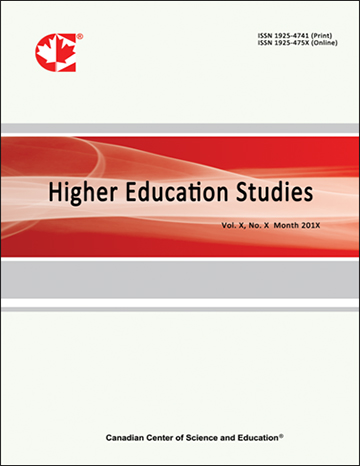Teaching Writing within the Common European Framework of Reference (CEFR): A Supplement Asynchronous Blended Learning Approach in an EFL Undergraduate Course in Egypt
- Hanaa Youssef Shaarawy
- Nohayer Esmat Lotfy
Abstract
Based on the Common European Framework of Reference (CEFR) and following a blended learning approach (a supplement model), this article reports on a quasi-experiment where writing was taught evenly with other language skills in everyday language contexts and where asynchronous online activities were required from students to extend learning beyond classroom hours. The experiment was carried out with freshmen in one of the Egyptian private universities. Twenty one pre-intermediate level students represented the experimental group that was taught the new CEFR course, and twenty six other students of the same level represented the control group that was taught the traditional face to face academically contextualized course. A pre and post writing tests were used to reveal students’ writing proficiency before and after the experiment, and a t test was also used to measure the development of each group to find out whether their writing has developed after tutoring or not. Results indicated that the experimental group transcended the control group in 70% of the rubrics used to grade students’ writing, and when measuring the results of the experimental group in the pretest and the posttest, there was a significant development in their writing proficiency level. This experiment is considered a step towards developing students’ learning techniques in the institution; henceforth in the country. The experiment is one of the leading initiatives to teach English as a Foreign Language according to CEFR following a blended learning approach to undergraduate students in Egypt.
- Full Text:
 PDF
PDF
- DOI:10.5539/hes.v3n1p123
Index
- AcademicKeys
- CNKI Scholar
- Education Resources Information Center (ERIC)
- Elektronische Zeitschriftenbibliothek (EZB)
- EuroPub Database
- Excellence in Research for Australia (ERA)
- Google Scholar
- InfoBase
- JournalSeek
- Mendeley
- Open Access Journals Search Engine(OAJSE)
- Open policy finder
- Scilit
- Ulrich's
- WorldCat
Contact
- Sherry LinEditorial Assistant
- hes@ccsenet.org
